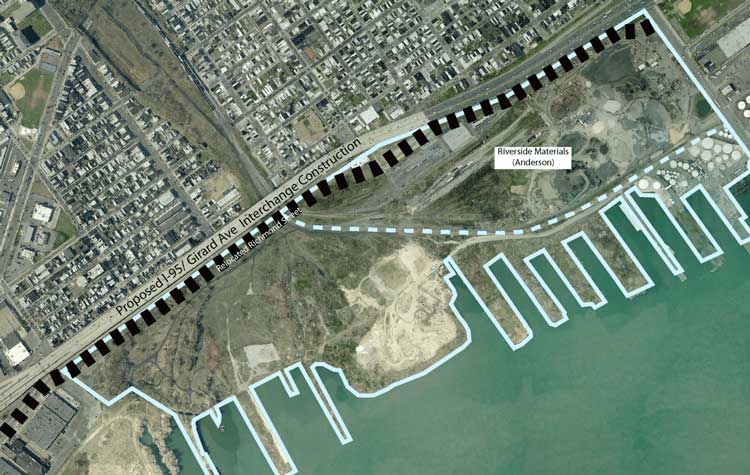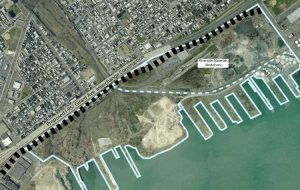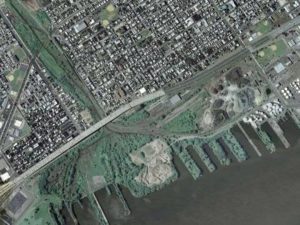As Philadelphia’s public-private economic development corporation, Philadelphia Industrial Development Corporation (“PIDC”) is responsible for spurring investment, supporting business growth, and fostering developments that create jobs, revitalize neighborhoods, and drive growth to every corner of Philadelphia. PIDC was seeking to expand the availability of land for modern industrial intermodal users including warehouse, assembly, logistics parks, distribution or manufacturing. When PIDC turned its attention to the Port Richmond Rail Yards, they engaged RESGroup to create a strategic development plan to negotiate with Conrail (the land owner) to broaden the use of the site, leading to job creation and industrial growth.
The Port Richmond Rail Yards are a Delaware Riverfront property with 102 upland acres, plus 39 acres of riparian rights, with freight rail, and I-95 access in the northeastern Philadelphia neighborhood of Port Richmond. The Site was originally developed by the Reading Railroad in the mid-1800s and served as the transfer point for coal arriving via rail from mines in northeastern Pennsylvania. After the First World War, ships began switching from coal to diesel and other fuels, and activity at the Site diminished over the next 75 years. While the waterfront property currently includes a number of pier structures, it was unknown at the time of our analysis whether the piers would require reinforcement or dredging along the piers to accommodate short-sea vessels.
RESGroup compared the larger Philadelphia/Camden/Wilmington metropolitan area with other metropolitan areas in the northern Mid-Atlantic for different types of industrial users. For those types of users likely to be attracted to the Philadelphia/Camden/Wilmington area, their key location requirements were compared with the attributes of the Port Richmond Rail Yard.
To understand the potential demand for new industrial space in the greater Philadelphia area, RESGroup analyzed the area’s historic patterns of industrial absorption for both rail and non-rail types of tenants. Comparable industrial parks in the Philadelphia area were analyzed, providing an inventory of land available for new industrial development, and typical site and building requirements for local industrial users.
It was determined that based on the location and site attributes the site could attract both rail and non-rail types of tenants. The different modes of transportation including two rail freight lines and highway access will expand the market potential and increase potential absorption for tenants importing mostly bulk and break bulk products. The potential for maritime access could further increase the site’s attraction for these businesses.
While certain types of users will not be attracted to the site’s relatively small size and limited rail utility, certain improvements to the to access (rail, highway, and maritime enhancements) and providing financial incentives could make this site productive in the future. RESGroup identified strategies for improving the Site’s marketability, identified typical tenant space requirements, and the types of buildings that could fit on the site.


